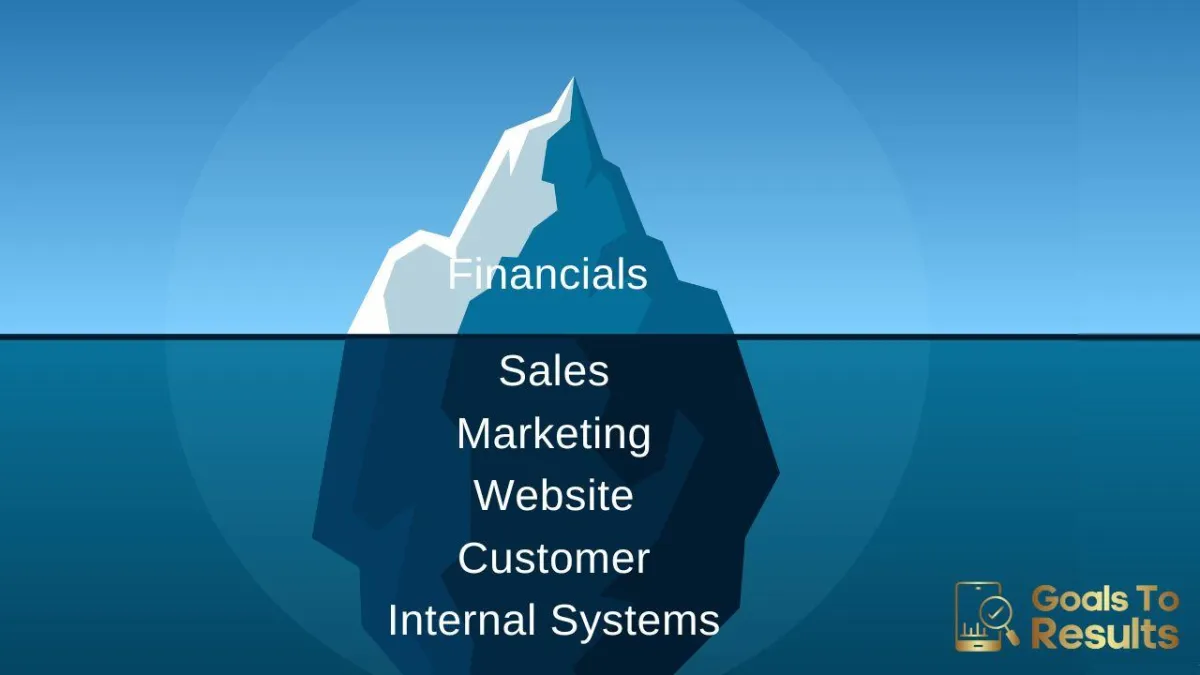GTR Blog

How Much do You Really Know About Your Data?
How well do you understand your data? Many business owners feel overwhelmed by the sheer volume of data at their disposal, often narrowing their focus to just one aspect: financials. However, delving deeper into your data can empower you to answer critical questions:
What sales data holds the most influence over your business?
Which types of clients generate the most referrals?
What data point has the most significant impact on your revenue?
Every business owner deals with data across key domains: Sales, Marketing, Website, Customer, and Internal Systems. Yet, without a full grasp of this data, it can easily lead to information overload.
Think of your data as an iceberg; only the tip is visible above the water. For most business owners, financials are the visible part, while the rest remain unexplored. This is not ideal because, like an iceberg, only about 10% is visible above water. When issues arise, they often only notice the financials deteriorating without a clear path to a solution.
The solution to this problem is to explore beneath the surface, gaining mastery over the vast data mass. If you haven't done this recently, you're likely to encounter chaos.
The goal is to understand your data and identify key data pieces that support and strengthen the iceberg, keeping your financials healthy.
These crucial data pieces are known as Key Performance Indicators (KPIs). A KPI is a data point so pivotal that any shift, up or down, has a tangible impact on YOUR business.
With the extensive data beneath the surface, how can a business owner uncover their KPIs?
One approach I use with my clients involves mapping out their Revenue Workflow—a system I devised for clarity. Together, we follow a process:
We begin by asking: How do you generate revenue?
Each revenue source becomes a distinct block.
We continue to ask: What led to this outcome? How did this happen?
We persist until we reach the root level, a technique referred to as Reverse Engineering.
Once all the pieces are in place, we map the relevant data tools associated with each part.
Voila! You have a starting point for identifying the data you need to focus on.
Remember, understanding your data and your Revenue Workflow will save you time and money—two precious commodities for small business owners today—and provide invaluable insights.
